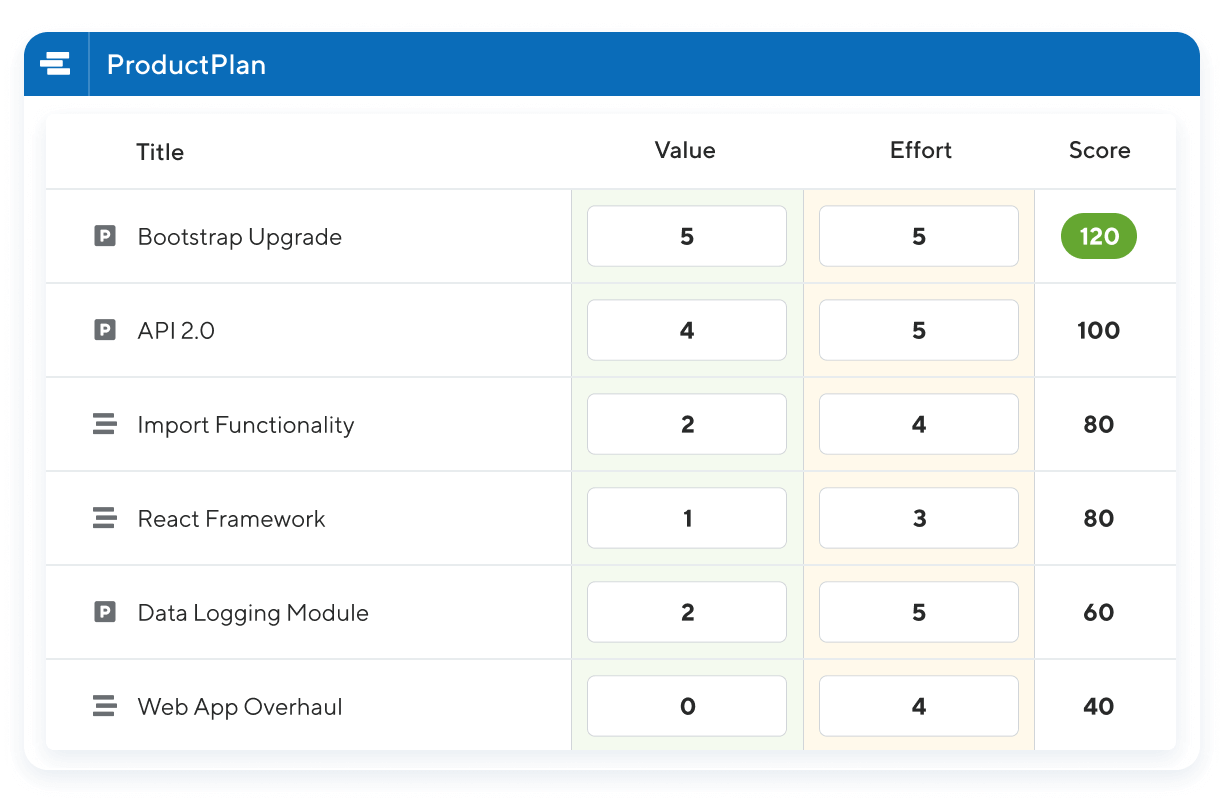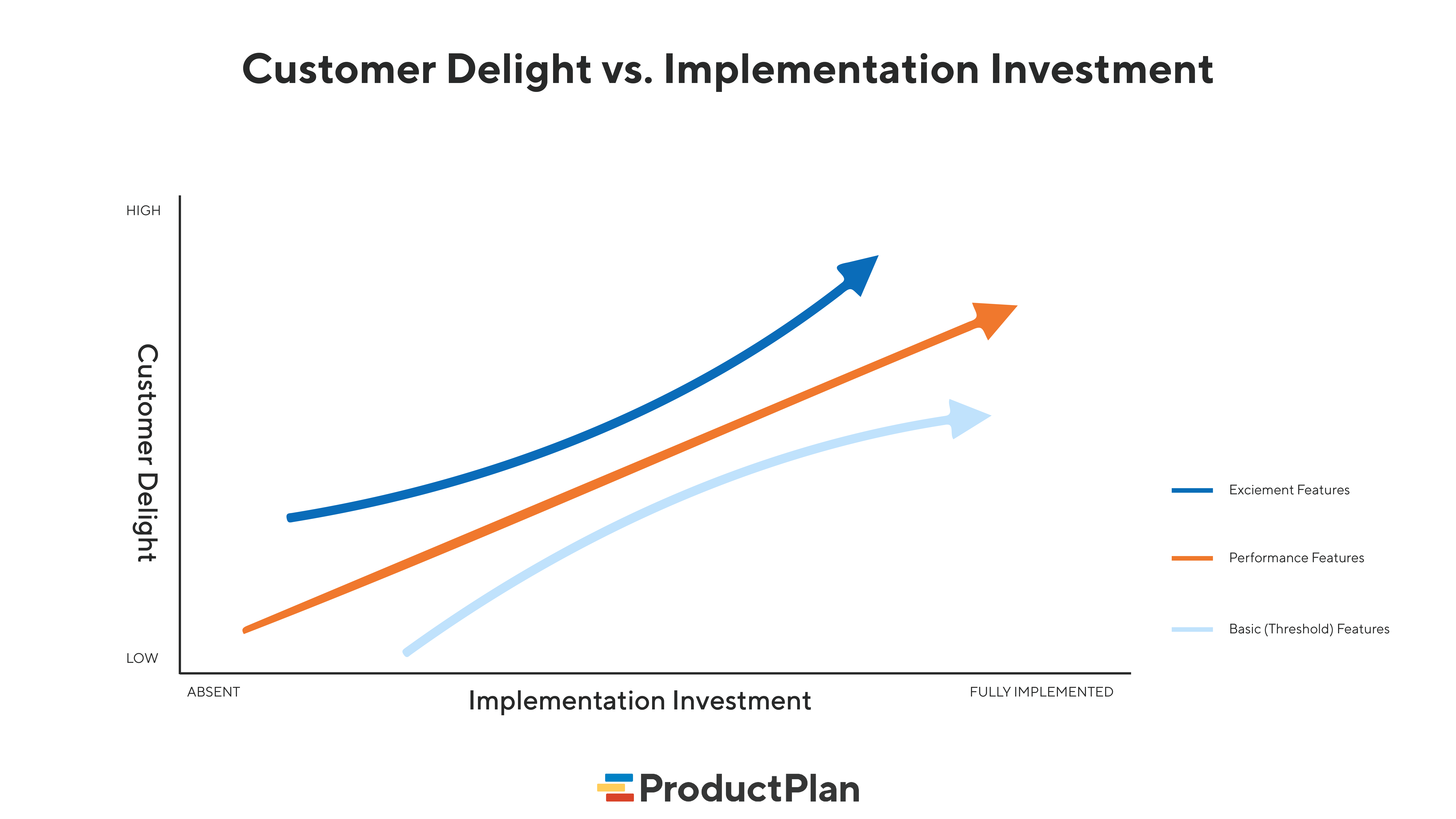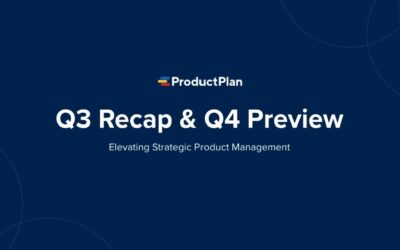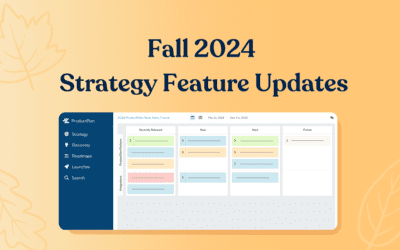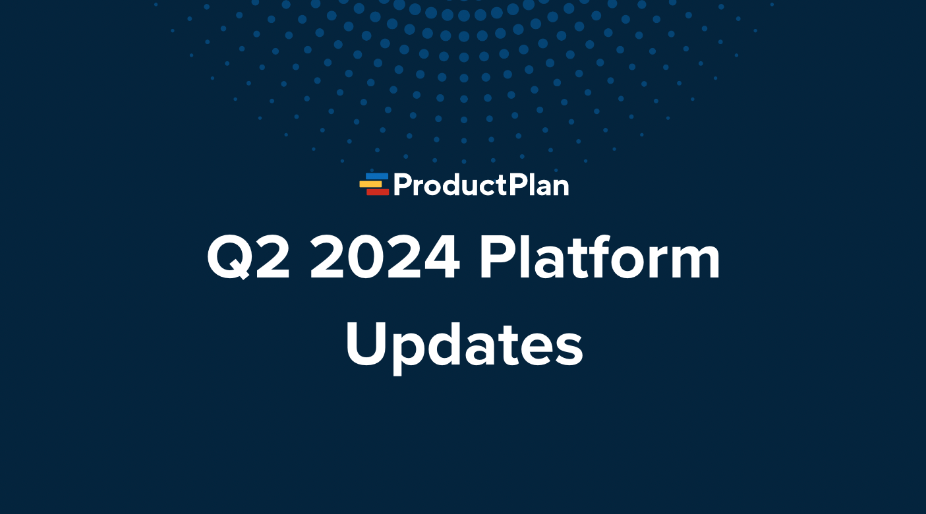4. Prioritize what’s most important using a framework.
Prioritizing is a key part of a product manager’s day: Prioritizing the product backlog, prioritizing the sprint backlog, stakeholder planning meeting, building a product roadmap, triaging bugs, and much more.
If you have non-essentialist habits, you’ll soon drown in all the decisions to make and things to prioritize.
To help, you can use various frameworks to evaluate what to work on – the methods abound, and the exact method you use is not as important as having some mental model for prioritizing what’s most important.
Think value versus effort
Essentialist product managers have a mental model for looking at features and opportunities. Typically this model is based on customer value and its relative complexity to implement. Based on our conversations with product managers, this is a common approach. Many product managers go through this assessment instinctively every day.

The matrix is simple: The initiatives with the highest value and the lowest effort will be the low-hanging fruit for your roadmap. These are the opportunities in the upper left part of the quadrant pictured above (High Value, Low Effort). As an essentialist, you’ll want to include many of these opportunities on your roadmap. The lower right opportunities (Low Value, High Effort) you will probably never work on, so don’t spend any effort debating these.
Based on dozens of interviews with product managers, at ProductPlan we arrived at a quantitative model for our product’s prioritization model. The Planning Board is tied to the roadmap. It uses the value versus complexity model but layers in scoring to arrive at an objective result. This model, shown below, is a way of introducing a framework for decision-making into your prioritization.

ProductPlan Planning Board Prioritization Framework
By using a scoring method to rank your strategic initiatives and significant features, product managers can facilitate a more productive discussion about what to include on the product roadmap. While many inputs ultimately go into a product decision, a scoring model can help the team have an objective conversation.
5. Invest in Customer Delight features.
The Kano model is one way to think like an essentialist about the features you add to your product roadmap. With the Kano model, product managers can look at potential features through the delight a feature provides customers versus the potential investment you make to improve the feature.

In this model, there are some basic features that your product simply needs to have for you to sell your product in the market. You need to have these “threshold” features, but continuing to invest in them won’t improve customer delight dramatically. Don’t spend much energy here.
There are some features (like performance) that give you a proportionate increase in customer satisfaction as you invest in them. You can continue to invest some energy and resources over time in this category.
Finally, you want to invest in some excitement features that will yield a disproportionate increase in customer delight. If you don’t have these features, customers might not even miss them; but if you include them and continue to invest in them, you will create dramatic customer delight. This might be the one area to test and then support to achieve a significant result – the very definition of essentialism.
Delight features can be small.
Delighter features don’t need to be substantial. They can be small and perhaps user interface features that make a difference in the customer’s experience. These “small wins” are important for an essentialist product manager. They allow you and your team to celebrate progress and keep the team’s energy higher for the more significant, more long-term projects—your customers benefit, as well.
In the case of ProductPlan, one of our early delighters was our visual drag-and-drop interface for building a roadmap. We spent a lot of time and engineering resources, making that 2-second experience of dragging an item onto the roadmap into delight. Ultimately, we created delight through our overall ease-of-use to create, collaborate, and share a roadmap with a team in minutes.
If you cut features back to only the “must-haves,” you have a recipe for a weak product that doesn’t succeed. Like a non-essentialist, you would be scattering your energy in multiple places to achieve a limited result.
6. Plan using “themes.”
An essentialist product manager plans what they work on based on high-level goals. This translates well into planning your roadmap, which should also be high-level and strategic.
This is why your first step when roadmapping is determining the most critical high-level objectives. By organizing your roadmap by themes, you’re guiding the decision process for your top priorities.
Themes help you narrow down the options to a handful of areas you want to improve for your customers. Use them sparingly, and you’ll be able to make significant progress. If you have too many themes, too many goals, your energy will be scattered, and you will make less incremental progress that may not give your customers meaningful value.
Themes are the higher-level objectives on the roadmap – and they should represent successful customer outcomes. For example, an e-commerce company’s theme might be “improve the shopping cart experience to speed up the checkout.” Themes help you stay on track with the bigger strategic picture for your product.
Rather than creating a list of arbitrary and disconnected features for your product, instead, focus on what your desired outcome is for customers – what is the goal you want them to achieve? By focusing on an outcome-driven roadmap using themes, you (and your team) have room to think about new possibilities, about different and possibly faster ways of achieving the goal.
7. Use OKRs to focus your efforts.
Essentialist-oriented product managers work with their teams to create Objectives and Key Results (OKRs) for setting business goals and measurable outcomes. OKRs are often used for quarterly planning, so they are much shorter timeframes and more measurable than a product vision.
These measurable objectives keep employees and stakeholders on the same page. They’re not set in stone. The objectives are reevaluated and adjusted regularly to ensure organizational alignment. OKRs are ambitious direction setters, singularly focused on the company’s ideal destination.
At ProductPlan, we have themes that we drive towards during the year, and our management team reevaluates them every six months. From these themes, we set specific OKRs that we review and revise quarterly. The OKRs are cross-functional in that one or more teams implement them. Some are very product-focused, while others are not.
OKRs serve several valuable purposes. First, they foster a discussion among stakeholders and help us arrive at an agreement about what’s important—this creates alignment. They also serve as inspiring goals for employees, keeping them excited. Helping them focus on what matters. And of course, the key results are measurable ways that the business or product is improving.


